From January to April this year, Northwest China's Xinjiang Uygur Autonomous Region received 51.2 million tourists, an increase of 29.6 percent year-on-year, with the region's total tourism revenue rising 60.6 percent to hit 42.64 billion yuan ($5.45 billion), local news portal ts.cn reported on Tuesday.
Since the optimization of COVID-19 epidemic response in December, Xinjiang's tourism sector has staged a rapid recovery, boosted by government's supportive policy.
It is expected that the tourism sector revenues will continue to rise during the upcoming peak travel season from May to October for the picturesque Xinjiang region, Liang Changhong, general manager of the Xinjiang branch of the CYTS Tours Holding Co, told the Global Times on Wednesday.
From the start of this year, Xinjiang's cultural and tourism department has been focused on improving the region's tourism sector, including improving service quality, optimizing tourism environment and enriching supply of accommodations and other amenities.
During the Spring Festival holidays in late January, more than 300 cultural and tourism activities of various kinds were launched to attract travelers, with a total of 4.78 million tourists traveling to the region, an increase of 32.8 percent year-on-year.
In March, Xinjiang's commerce department said during a press conference that it plans to run 100 special tourism-focused trains this year, with the number of trains running increasing 300 percent year-on-year in Xinjiang.
During the May Day holidays, the region launched products to cater for rural and urban tourism. During the first two days of the holidays, Xinjiang received 2.33 million tourists, an increase of 121.5 percent. Tourism revenue reached 1.89 billion yuan, up 192.7 percent over 2022.
Xinjiang's rich tourism resources have attracted many travelers from other parts of the country. Data showed that in April, the air arrivals into Xinjiang increased by 466.7 percent year-on-year, rail arrivals rose 63.95 percent, and hotels and B&Bs received overnight visitors from outside Xinjiang soared by 170.9 percent.
Liang said that the company is offering a diverse range of customized travel products this year. Among them, tours to Yili prefecture in June-July, tours to Kanas scenic area of Altay in July-September, and tours to southern Xinjiang in September-November have proven popular among domestic tourists.
In addition, regional investment on tourism facilities need to be strengthened, especially the investment and enhancement of high-quality hotels and eateries near tourist attractions, Liang said.








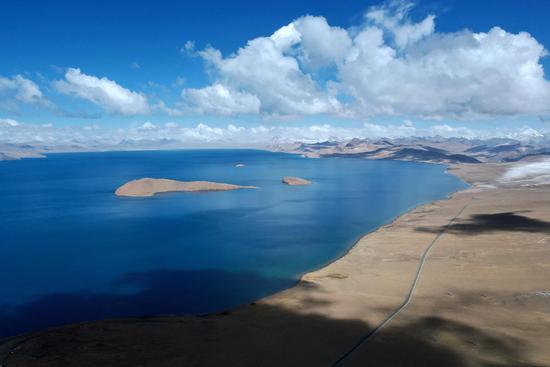

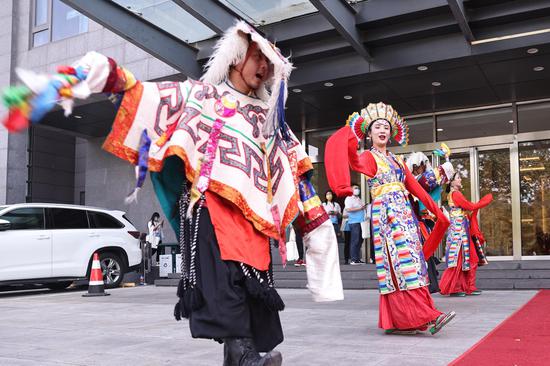


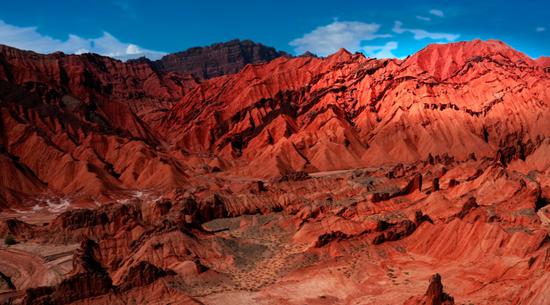

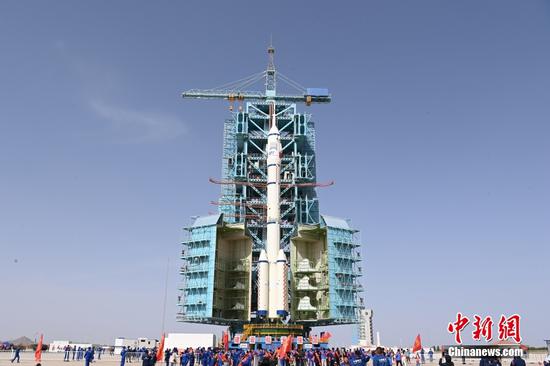



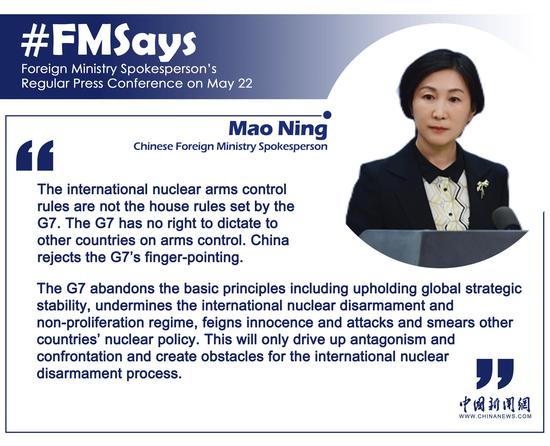

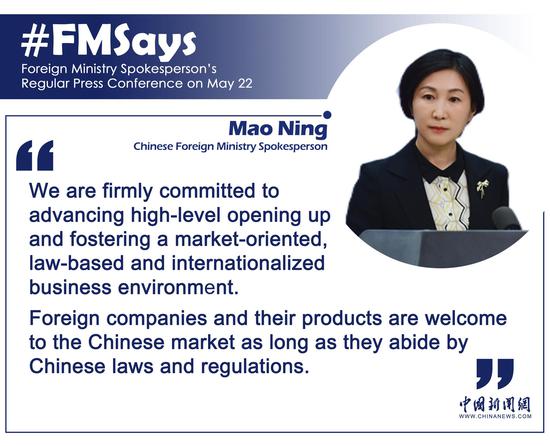






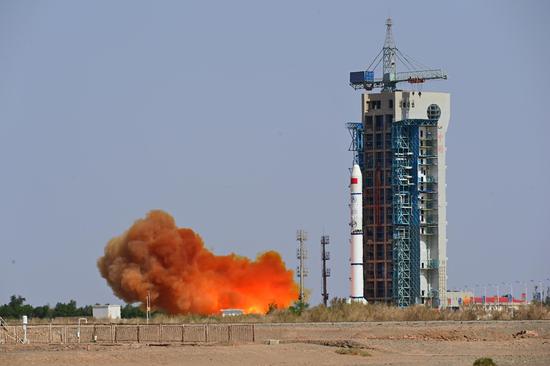




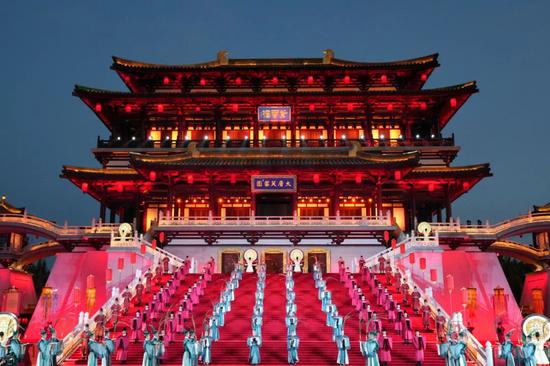



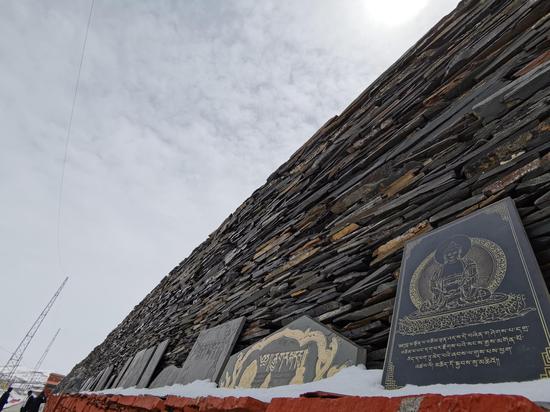

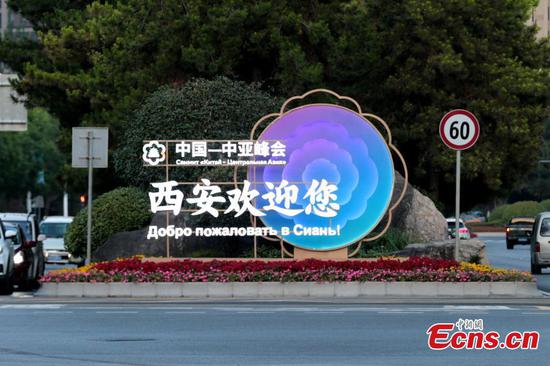

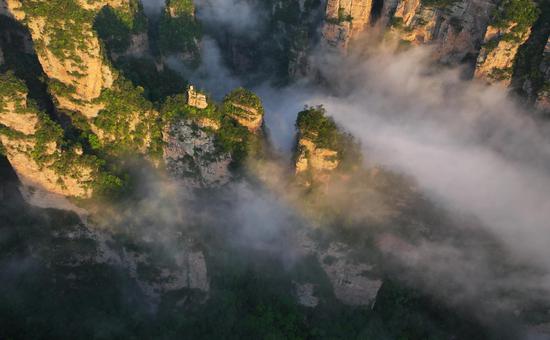
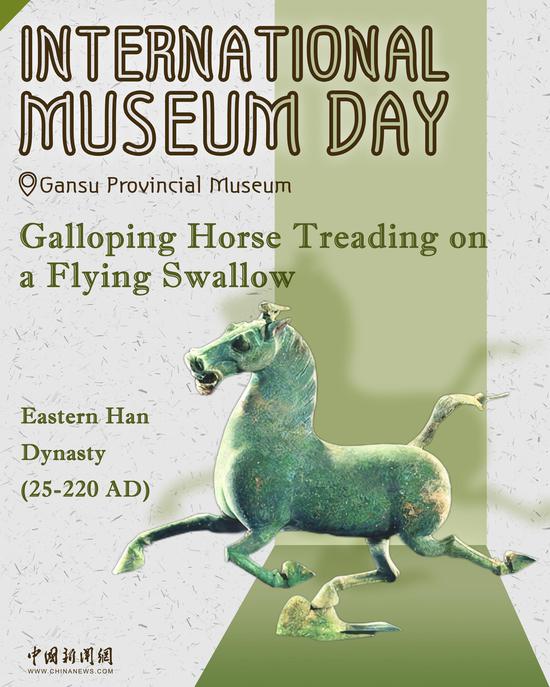

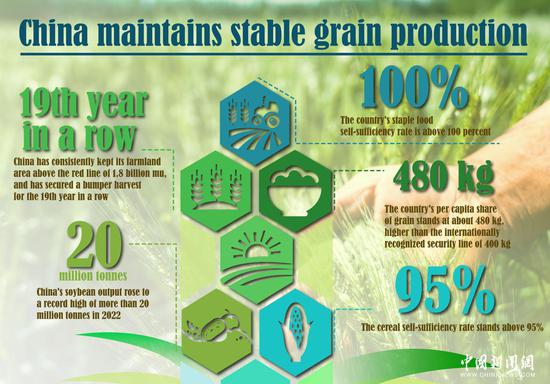



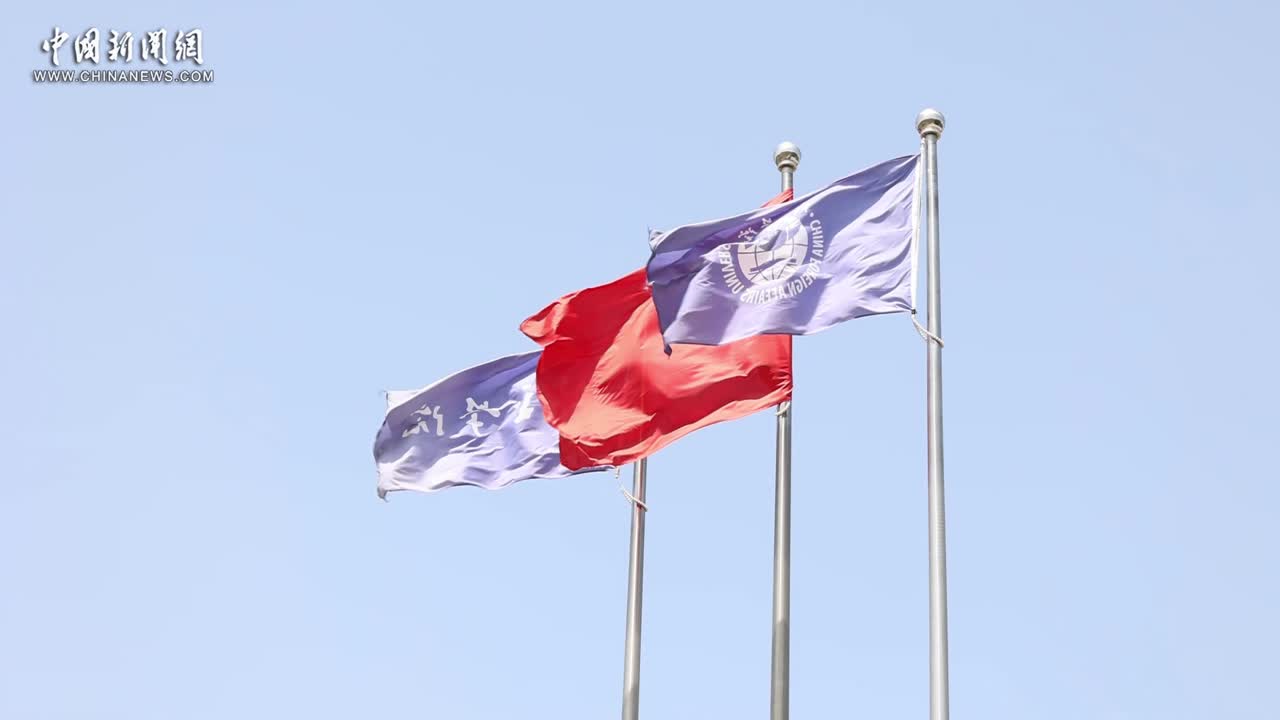

 京公网安备 11010202009201号
京公网安备 11010202009201号